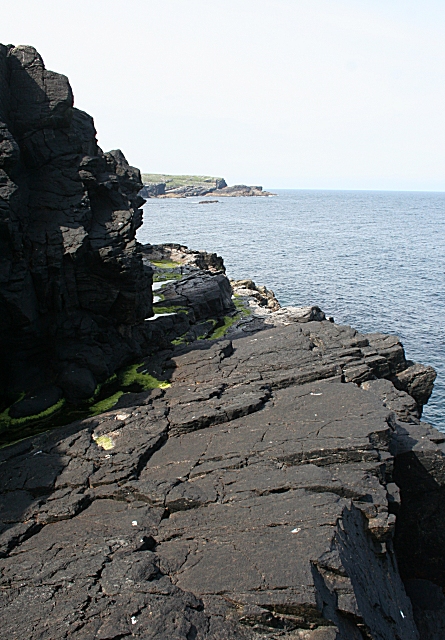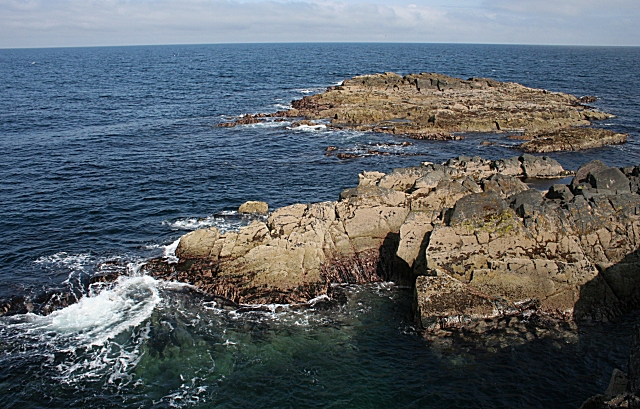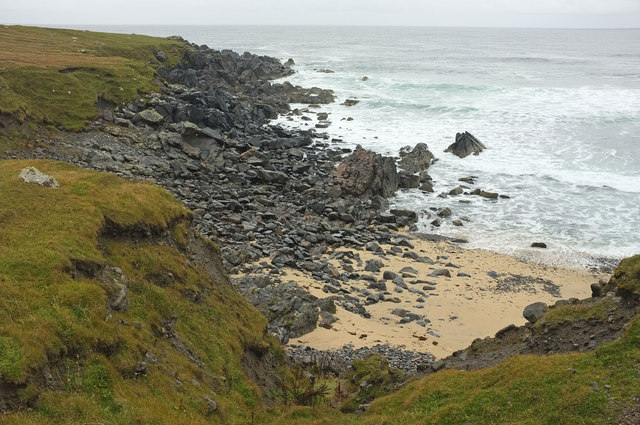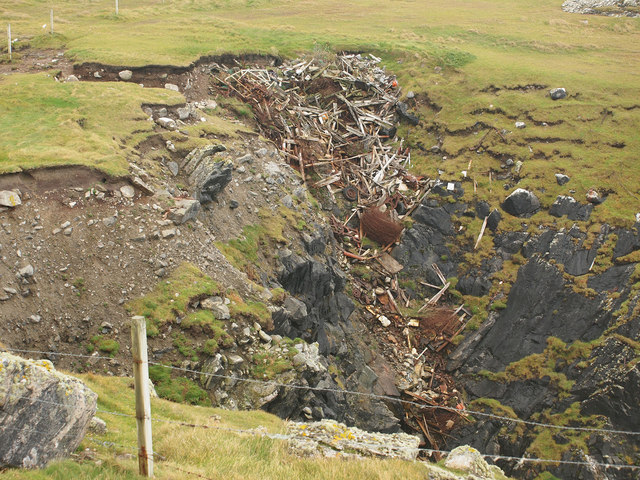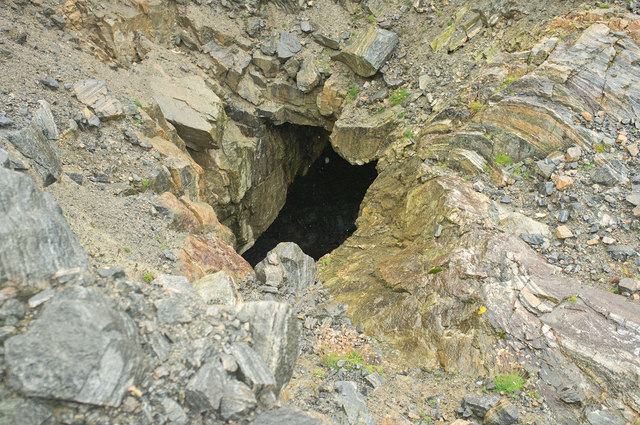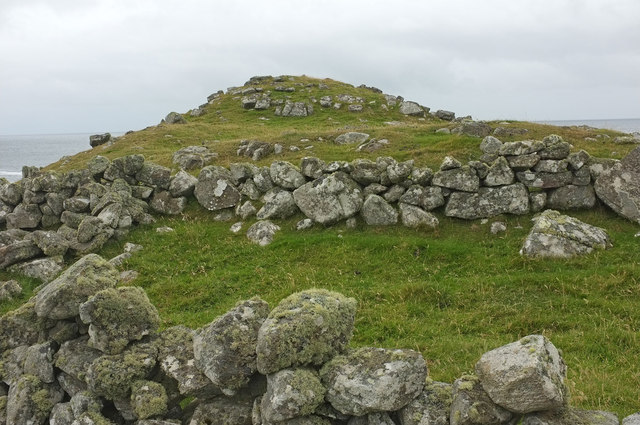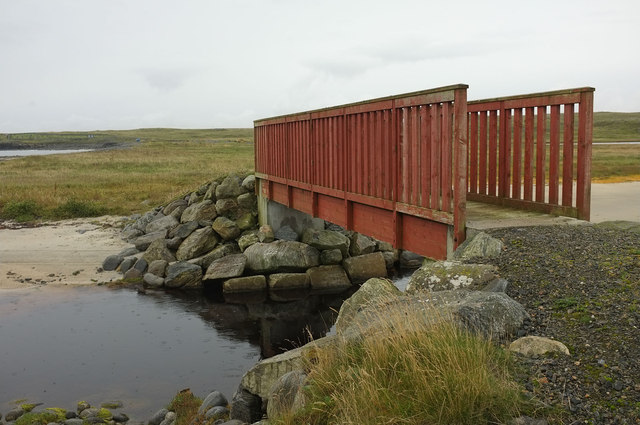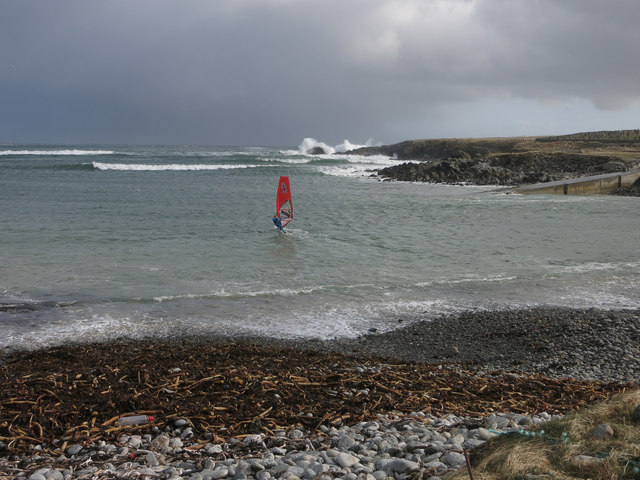Tarsgeir
Island in Ross-shire
Scotland
Tarsgeir
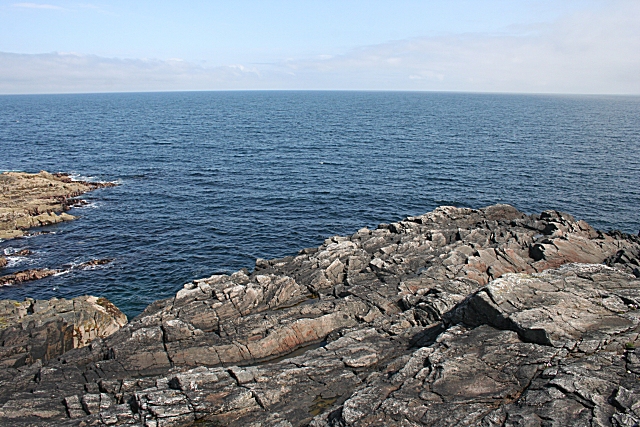
Tarsgeir, located in Ross-shire, is a picturesque island situated off the northwest coast of Scotland. With a total land area of approximately 20 square miles, it is known for its stunning natural beauty and rich history.
The island is characterized by its rugged coastline, dramatic cliffs, and rolling hills, offering breathtaking views of the surrounding sea and neighboring islands. Tarsgeir is home to a diverse range of flora and fauna, including various seabirds, seals, and otters. Its unspoiled beaches and tranquil atmosphere make it a popular destination for nature lovers and outdoor enthusiasts.
In terms of history, Tarsgeir has been inhabited for centuries and bears evidence of ancient settlements and archaeological sites. It has played a significant role in Scotland's history, with remnants of castles and fortifications scattered across the island. Visitors can explore these historical landmarks and learn about the island's past through guided tours and interpretive displays.
Despite its remote location, Tarsgeir offers a range of amenities to cater to visitors. The island has a small population, with a close-knit community that is known for its warm hospitality. There are limited accommodation options available, including cozy bed and breakfasts and self-catering cottages. Additionally, visitors can enjoy local cuisine at the island's few restaurants, which often feature fresh seafood sourced from the surrounding waters.
Whether it's exploring its natural wonders, delving into its history, or simply enjoying the tranquility of its surroundings, Tarsgeir offers a unique and unforgettable experience for those seeking a getaway in the Scottish Highlands.
If you have any feedback on the listing, please let us know in the comments section below.
Tarsgeir Images
Images are sourced within 2km of 58.350757/-6.665876 or Grid Reference NB2749. Thanks to Geograph Open Source API. All images are credited.
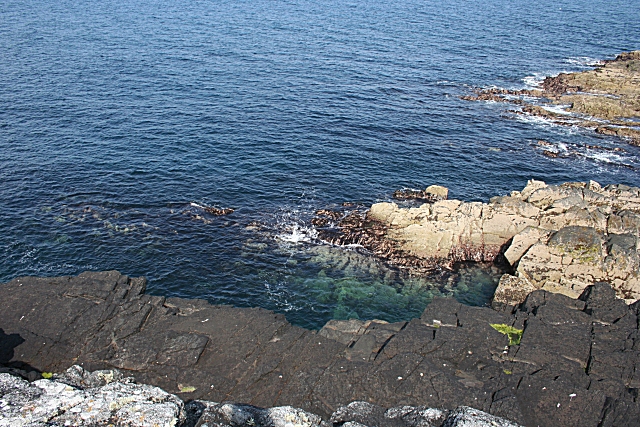
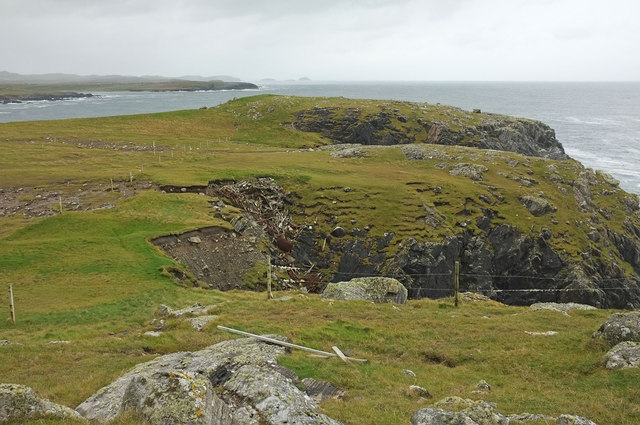
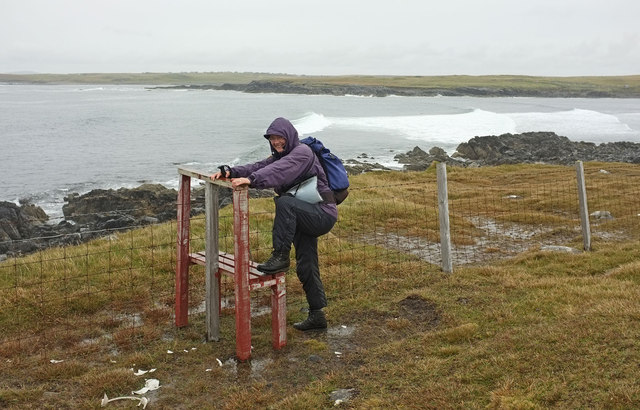
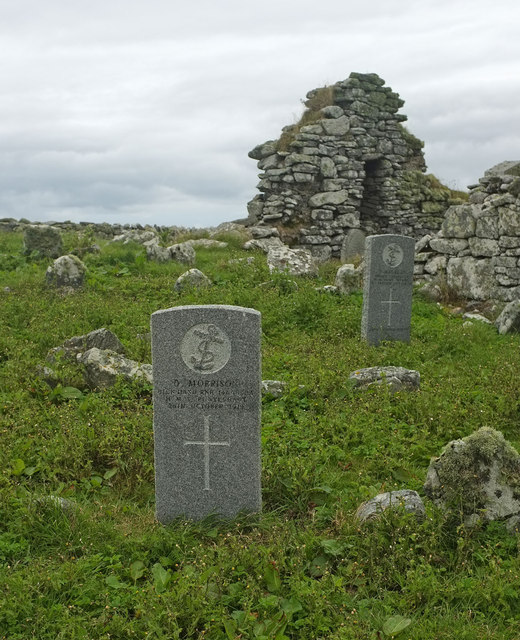
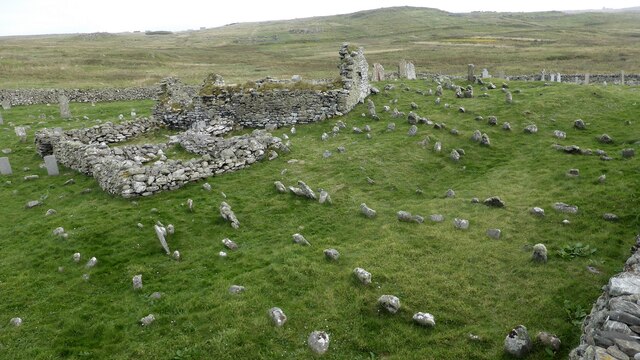
Tarsgeir is located at Grid Ref: NB2749 (Lat: 58.350757, Lng: -6.665876)
Unitary Authority: Na h-Eileanan an Iar
Police Authority: Highlands and Islands
What 3 Words
///downsize.pure.luggage. Near Carloway, Na h-Eileanan Siar
Related Wikis
Bragar
Bragar (Scottish Gaelic: Bràgar, pronounced [braːgər]) is a village on the west side of the Isle of Lewis in the Outer Hebrides, Scotland, 14 miles (23...
Shawbost
Shawbost (Scottish Gaelic: Siabost) is a large village in the West Side of the Isle of Lewis. The village of Shawbost has a population of around 500 and...
Arnol
Arnol (Scottish Gaelic: Àrnol) is a small village typical of many settlements of the west coast of the Isle of Lewis, in the Outer Hebrides, Scotland....
Mullen Bridge
Mullen Bridge is an old bridge crossing the Royal Canal in Maynooth in County Kildare, Ireland. It was built between 1790 and 1800.The bridge used to carry...
Have you been to Tarsgeir?
Leave your review of Tarsgeir below (or comments, questions and feedback).
